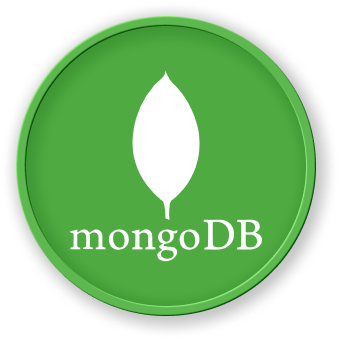Projection Techniques
Introduction to Projection
Projection in MongoDB allows precise control over document field retrieval, enabling efficient data manipulation and query optimization.
Core Projection Methods
1. Simple Field Projection
## Include specific fields
db.users.find({}, { username: 1, email: 1 })
## Exclude specific fields
db.users.find({}, { password: 0 })
Advanced Projection Operators
Nested Field Projection
## Select nested document fields
db.users.find({}, {
"profile.email": 1,
"profile.address.city": 1
})
Array Projection Techniques
| Operator |
Description |
Example |
$slice |
Limit array elements |
{ tags: { $slice: 3 } } |
$elemMatch |
Match specific array elements |
{ scores: { $elemMatch: { $gt: 80 } } } |
Projection Workflow
graph TD
A[Query Initiated] --> B{Projection Rule}
B --> C[Field Selection]
C --> D[Result Transformation]
D --> E[Returned Document]
Complex Projection Strategies
Conditional Projections
## Conditional field inclusion
db.users.find(
{ age: { $gte: 18 } },
{
username: 1,
email: 1,
"membership.status": 1
}
)
- Minimize projected fields
- Use indexing
- Avoid complex nested projections
Best Practices
- Keep projections simple
- Use sparingly
- Consider query performance
LabEx recommends mastering projection for efficient MongoDB querying!

